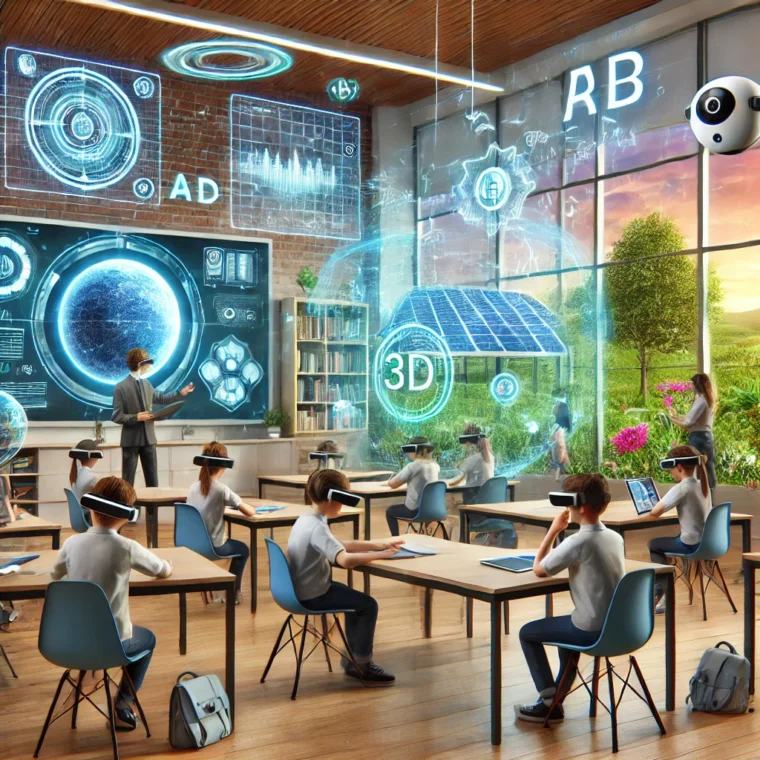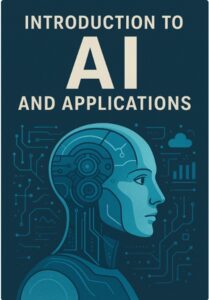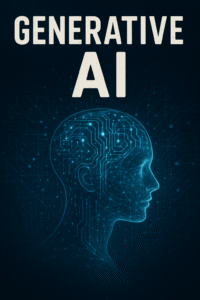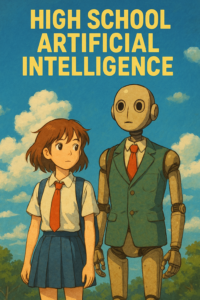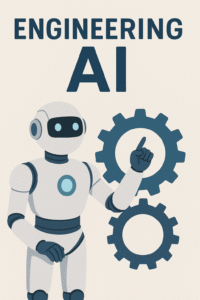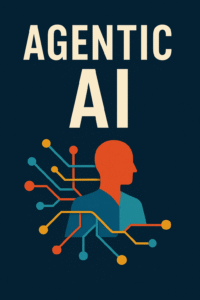The concept of the classroom has been evolving for centuries, but the future of education is set to undergo a revolutionary transformation. With advancements in technology, personalized learning, and innovative teaching methods, the future classroom will be a dynamic and immersive environment designed to foster creativity, critical thinking, and collaboration.
1. Integration of Advanced Technology
Technology will play a crucial role in shaping the classrooms of tomorrow. Interactive smart boards, augmented reality (AR), and virtual reality (VR) will replace traditional blackboards and textbooks, creating an engaging and immersive learning experience. AI-powered assistants will help students and teachers by providing instant feedback and personalized learning pathways. Additionally, the Internet of Things (IoT) will connect devices, enabling seamless collaboration and real-time data analysis for better decision-making.
2. Personalized Learning and AI-Driven Education
Every student learns differently, and future classrooms will embrace AI-driven adaptive learning systems that cater to individual needs. These systems will analyze a student’s progress, strengths, and weaknesses, adjusting the curriculum to suit their learning pace. Personalized learning will ensure that no student is left behind, fostering an inclusive and effective educational experience.
3. Virtual and Augmented Reality Learning
Future classrooms will not be confined to four walls. With VR and AR, students can take virtual field trips to historical sites, explore outer space, or dive into the depths of the ocean, making learning more experiential and memorable. These technologies will provide hands-on experiences in subjects like science, history, and geography, bridging the gap between theoretical knowledge and real-world application.
4. Collaborative and Flexible Learning Spaces
The rigid, desk-oriented classroom layout will be replaced with flexible, collaborative spaces. Schools will feature modular furniture, interactive hubs, and open learning environments where students can work together on projects, fostering teamwork and communication skills. Digital collaboration tools will allow students to engage in group activities with peers from around the world, promoting global learning experiences.
5. Gamification and Engagement
Gamification, the use of game-like elements in learning, will become more prevalent in future classrooms. By incorporating challenges, rewards, and interactive activities, gamification will enhance motivation and engagement, making learning fun and effective. Platforms that integrate AI and gamification will adapt to students’ interests and learning styles, ensuring a customized and immersive educational journey.
6. Sustainability and Eco-Friendly Schools
Future classrooms will prioritize sustainability with energy-efficient buildings, digital resources to reduce paper usage, and eco-friendly practices. Solar panels, green roofs, and smart energy management systems will be integrated into schools, fostering environmental consciousness among students.
Conclusion
The future of classrooms is exciting and full of possibilities. With advancements in technology, personalized education, and collaborative learning environments, the way we teach and learn is set to change dramatically. The goal will be to create an inclusive, engaging, and effective educational experience that prepares students for the challenges of the modern world.
As we move towards this futuristic vision, educators, policymakers, and technology developers must work together to ensure that every student has access to these innovations, making education more accessible and impactful than ever before.

